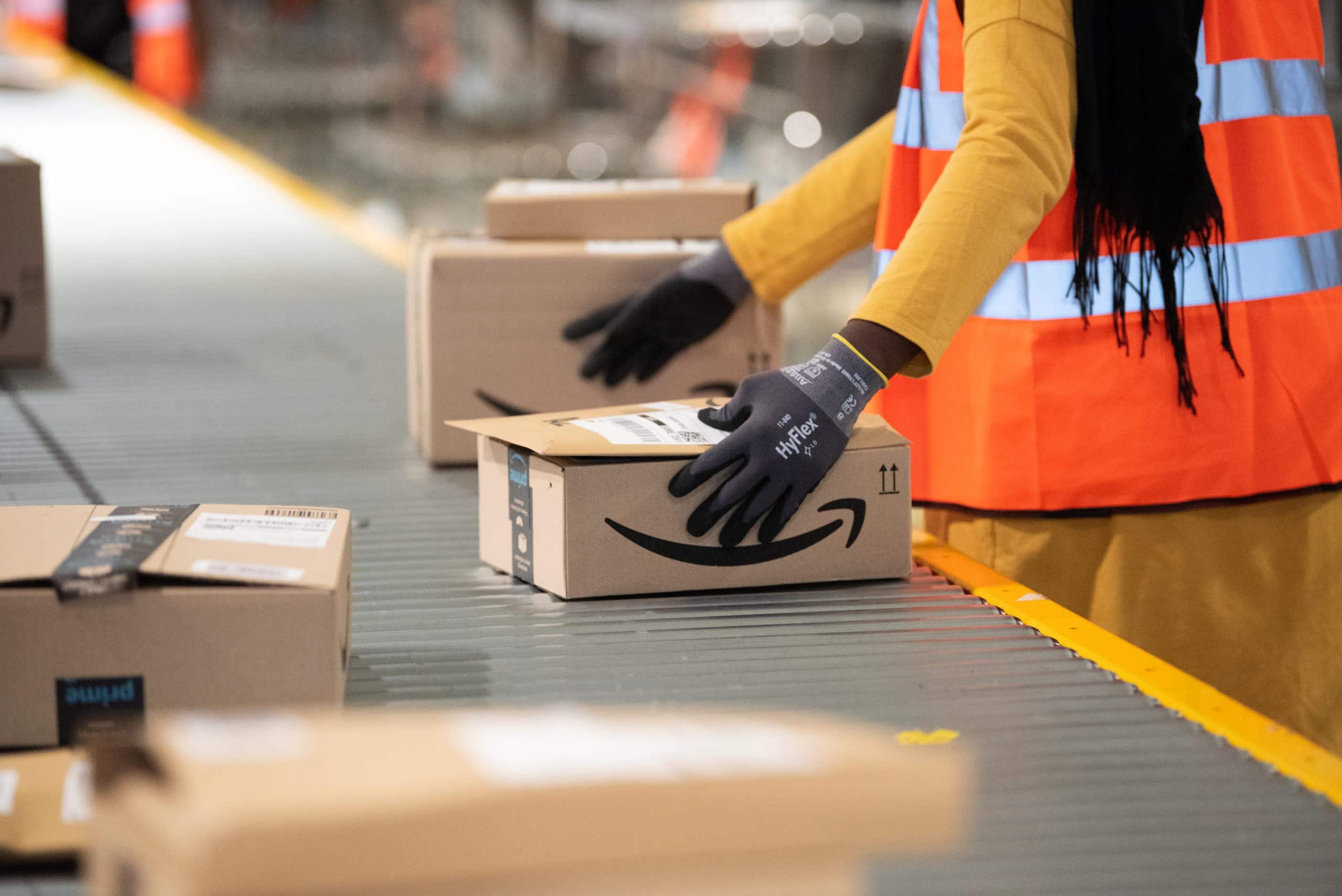The changes to the Seller-Fulfilled Prime (SFP) program this month might have upended your business plan — especially your shipping. Though Amazon announced it several months ago, many SFP sellers weren’t prepared for how the new rules have changed how they need to manage their shipping operations.
What changed?
Starting February 1:
- SFP sellers must meet targets for one- and two-day deliveries. Until May 31, 2021, this means that the percentage of products you offer for one- and two-day shipping must meet these standards:
| Product/Shipping Speed | Must be offered for at least __ of your products listed |
| Standard-size products: 1 day or less | 20% |
| Standard-size products: 2 days or less (includes 1-day-or-less products) | 55% |
| Oversized products: 1 day or less | 5% |
| Oversized products: 2 days or less (includes 1-day-or-less products) | 30% |
According to Amazon Seller Central, these metrics “measure the percentage of customer page views that displayed a one- or two-day delivery promise when your SFP offer was the featured offer, regardless of whether a purchase was made.”
With this rule, Amazon wants to make sure that you’re helping them deliver on their promise of fast delivery. Note that they mean calendar days, not business days. They cover it all in detail on their help page for SFP delivery metrics. (These metrics are going up even more starting June 1, so if you haven’t already started making adjustments, do it now!)
- Speaking of calendar days vs. business days, they also now require you to ship on at least one weekend day. Without shipments going out on a weekend day, you wouldn’t be able to meet the one- and two-day requirements.
- You are required to have nationwide delivery coverage for all standard-size products. While that doesn’t necessarily mean one-day coverage on everything you sell, it does require that a percentage of your products meet that standard. (See #5 in their FAQs.)
What does all this mean for your shipping?
Without some deep insights into your shipping operations and costs, it might be hard to find the best plan of attack. You can start by asking:
- What are the costs associated with operating your warehouses on at least one weekend day? Be sure to consider your own operational costs, like staffing, and any costs from your carrier.
- Do you have clear insights into your Prime shipping templates and if they’re set up properly to meet these new requirements?
- Are your warehouses in the best locations to provide one- and two-day shipping for the percentages of your products that are now required to offer it? Do you need additional distribution centers to make it work? (This is tough to model on your own, even if you know your data well. We can help you figure it out if you need it!)
Another consideration: Is it time to make the switch to Fulfilled By Amazon (FBA) instead of SFP? While each program has its pros and cons, these recent SFP changes (and the upcoming June changes) might mean SFP isn’t a good fit for you anymore.
In general, FBA takes the pressure off you to meet (and ensure you maintain compliance with) the new, more stringent SFP requirements — Amazon does all the hard work of meeting delivery time requirements under FBA. You get them your inventory and they take it from there.
But you might worry that by giving your products to Amazon to handle and ship, they might make mistakes that cost you money. Though Amazon does their best, they do make errors with seller inventory from time to time. You can get reimbursed if they do, but it’s up to you to catch those mistakes and make sure you get your money back — which is an entirely different time-consuming effort.
Making sense of SFP
Working with Amazon as a seller can be extremely profitable, but it’s often difficult to make sure you’re following all their requirements to remain eligible. SFP was always complex, but it’s getting more so this year. Finding the right solution to help you make sense of it all should be a priority in 2021.
Like the last year has shown us all, peak season never seems to end. Find out more about how to manage it all in our white paper, How Amazon Sellers Can Prepare for the Peak Sales Season.















